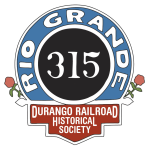
A POCKET HISTORY OF SILVERTON’S RAILROADS
Railroads were vitally important to the development of mines, especially into regions of lower grade ore, and as lifelines in supplying the needs of the people in the mining communities. At one time Silverton was served by four railroads. D&RG arrived in Silverton in 1882, but refused to build to mining communities higher into the mountains beyond Silverton, so Otto Mears built two railroads, the Silverton Railroad (SRR), incorporated 1887, northwestward up Mineral Creek to the Red Mountain Mining district and the Silverton Northern (SN), incorporated 1895, northeastward up the Animas River to Animas Forks. Independently the Silverton Gladstone & Northerly (SG&N) was built in 1900 and leased to SN in 1910.
The main line of SRR to Red Mountain started westward from a connection to D&RG near the Stoiber Sampler at 5th and Bluff Streets. SRR built a separate 2.2-mile section from a connection with D&RG at 13th and Cement Streets and ran northeast in Cement St. to the Silver Lake Mill in 1893. This section was sold to SN in 1896, and SN extended the track northeastward to Howardsville, Eureka, and Animas Forks. Trains from SRR and SN could not use D&RG track while D&RG trains were in town or switching. From 1895 to 1904 SRR and SN were under the management of Alexander Anderson. He was perplexed by the lack of connection between the SRR and the SN. Finally, in 1903 Otto Mears allowed Anderson to build a connecting track. This track ran from D&RG at 5th and Snowden Streets (one block short of the SRR track) at an angle to 6th Street between Reese St. and Greene St. then ran in 6th to Cement Street. Here the track ran northeast in Cement Street, crossed Cement Creek, crossed the D&RG tail track that connected to SG&N, and then connected to SN at 13th Street. It appears that Otto Mears never had permission from the D&RG for the connection or the crossing.
In 1911 and 1912 the two-stall SN engine house was built between 8th and 9th Streets and accessed SN track in Cement Street at 9th Street. About this same time SRR was in decline, and the connecting track from 8th and Cement to 5th and Snowden was removed. Operations ceased on SRR in 1920 and on SN in 1939. The remaining SN track, engines, and some rolling stock was sent to Alaska in 1942 for use on the White Pass & Yukon to help with the war effort in building the Alcan (now Alaska) highway. Today, only the passenger operations of D&RGW (the reorganized D&RG from 1921) survive as the Durango & Silverton Narrow Gauge Railroad (D&S).
The SN trackage reconstructed and the SN engine house partially restored under this grant is in the National Historic District of Silverton and connects to the D&S, a National Historical Landmark that includes the entire railway from Durango to Silverton, along with buildings, locomotives, and rolling stock.
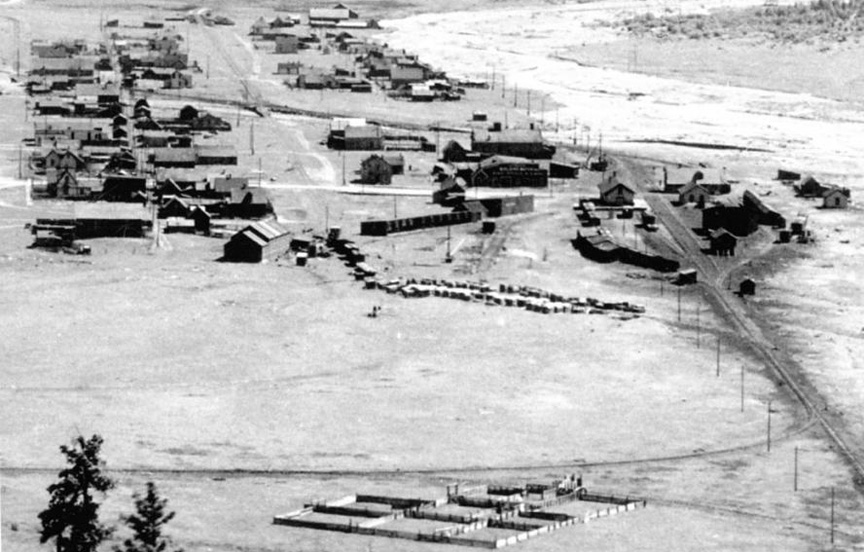
Historical view, looking northeast, of the D&RG yard at right and SN engine house at left center. The D&RG wye track goes by the stockyard in the foreground. The SN track goes from lower left center to the right, then northerly past the SN engine house (set at an angle) through town between the two streets faced by buildings and crossing a D&RG track, then begins to curve right to head up the Animas River towards Animas Forks. Courtesy Denver Public Library
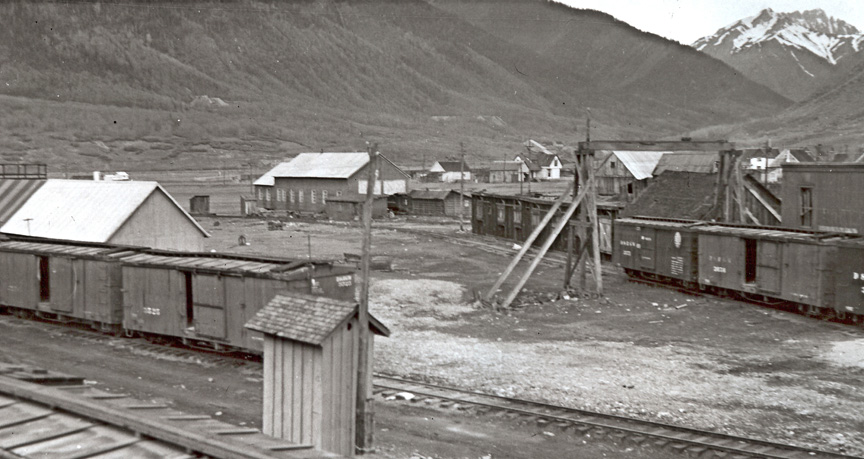
Historical view, looking northwest at the SN engine house from the D&RG depot. The SN engine house is just left of center, with a tender in front and storage sheds on either side of the tracks in front of the doors. Courtesy San Juan County Historical Society
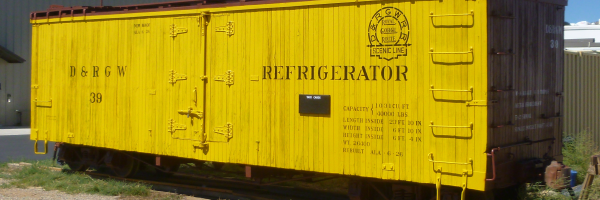
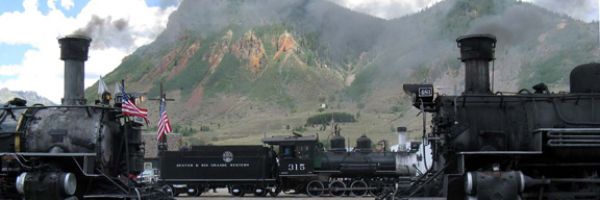
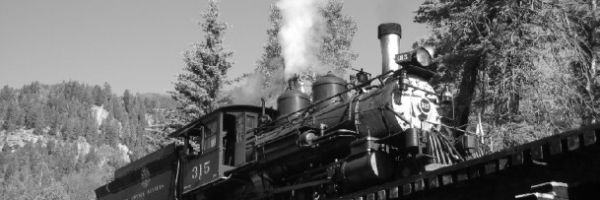
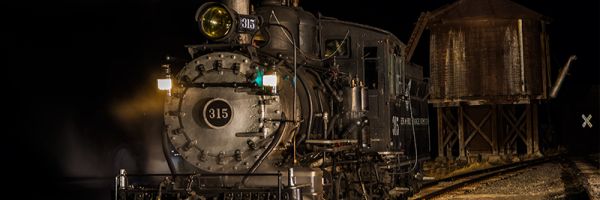
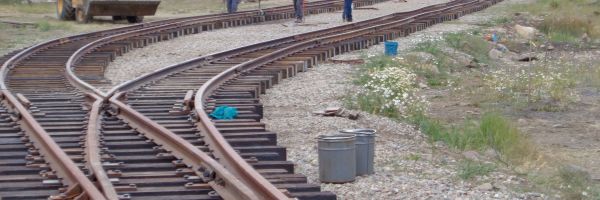
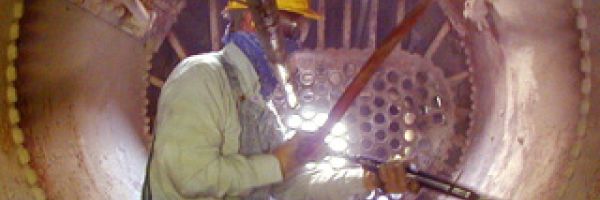
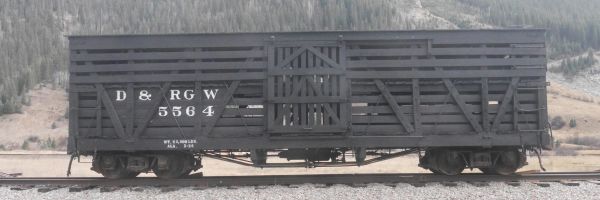
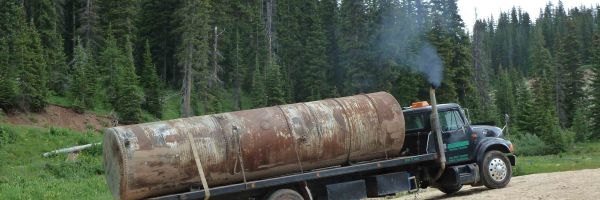
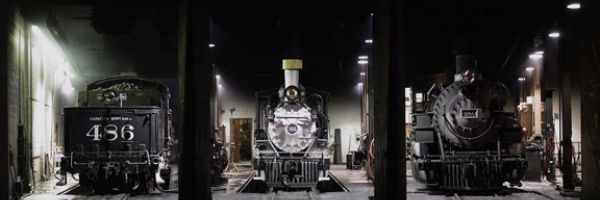
D&RGW Freight Cars
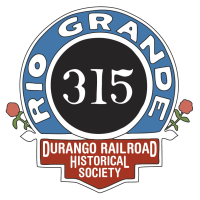
Durango Railroad Historical Society is comprised of a dedicated group of individuals who are united by their interest in narrow gauge railroading and focus on the preservation of southwest Colorado’s railroad history.
The Durango Railroad Historical Society is a non-profit corporation in Colorado and is a public charity under section 501(c)(3) of the Internal Revenue Code.